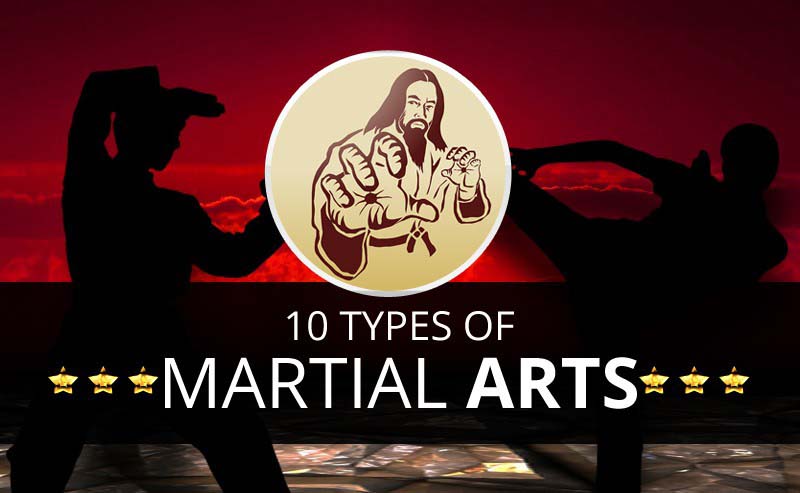Typical Martial Arts And Modern Combat Sports: A Detailed Review Of Their Distinct Differences
Typical Martial Arts And Modern Combat Sports: A Detailed Review Of Their Distinct Differences
Blog Article
Short Article Written By-Sherman Haagensen
When you consider martial arts, do you lean much more toward the typical methods or the modern-day battle sporting activities? Each course offers one-of-a-kind benefits and experiences, formed by their approaches and training techniques. Typical martial arts emphasize individual growth and self-control, while modern-day combat sporting activities focus on competition and performance. Understanding these differences can assist you in selecting the ideal technique for your trip. Yet exactly how do these differences show up in training and ideology?
The Viewpoint and History Behind Standard Martial arts
While many individuals link martial arts with physical combat, the approach and history behind standard martial arts run much deeper. You'll find that these self-controls emphasize individual growth, self-control, and respect.
Originating from ancient methods, traditional martial arts were frequently created for Self-Defense and spiritual advancement. They symbolize concepts such as equilibrium, harmony, and self-constraint, directing practitioners beyond simple battling skills.
As you train, you'll not just learn techniques however additionally gain insights right into the society and values that shaped these arts. Read Much more and traditions, usually passed down via generations, cultivate a feeling of neighborhood and belonging.
The Competitive Nature of Modern Battle Sports
Modern fight sporting activities have actually transformed the landscape of martial arts right into a highly affordable sector, where professional athletes take on in an examination of ability, method, and endurance.
https://www.middletownpress.com/opinion/article/Opinion-Martial-arts-Is-it-really-just-about-17168409.php 'll discover that competitors are commonly arranged with rigorous policies and guidelines, guaranteeing fair game and security. These events bring in big audiences, sustaining the enjoyment and intensity of competitions.
Athletes educate rigorously, not just for physical prowess yet also for mental strength, understanding that every information counts in the ring. The adrenaline thrill throughout competitors is palpable, as competitors press their limitations to declare success.
Followers value the athleticism and creativity included, making modern combat sporting activities a thrilling spectacle that remains to progress and astound enthusiasts around the globe.
Training Methods and Methods: A Relative Analysis
The affordable ambience of modern-day battle sports needs ingenious training techniques that vary substantially from typical martial arts.
In modern-day training, you'll concentrate on specific strategies, sparring, and conditioning, often utilizing drills that mimic genuine battle circumstances. You'll see a focus on quantifiable performance and frequent competitors to examine your abilities.
On the other hand, conventional martial arts prioritize types, katas, and philosophical trainings, frequently stressing self-control and respect over competition.
Training is normally much less intense and may involve repetitive technique rather than real-time sparring.
While both methods develop skill and physical fitness, modern battle sports supply a much more vibrant and adaptable training environment, preparing you for instant obstacles in the ring or cage.
Choose https://knoxouaej.slypage.com/36148467/discover-the-powerful-advantages-of-self-defense-classes-boosting-your-inner-warrior-in-unexpected-means that straightens with your objectives and passions.
Verdict
In choosing between typical martial arts and contemporary combat sports, it actually comes down to what you value most. If you're looking for individual growth, self-control, and a feeling of neighborhood, standard arts may be your ideal fit. But if you grow on competition and real-time obstacles, modern-day fight sports could be the means to go. Ultimately, both paths offer unique advantages, so it's everything about aligning your training with your personal objectives and passions.
